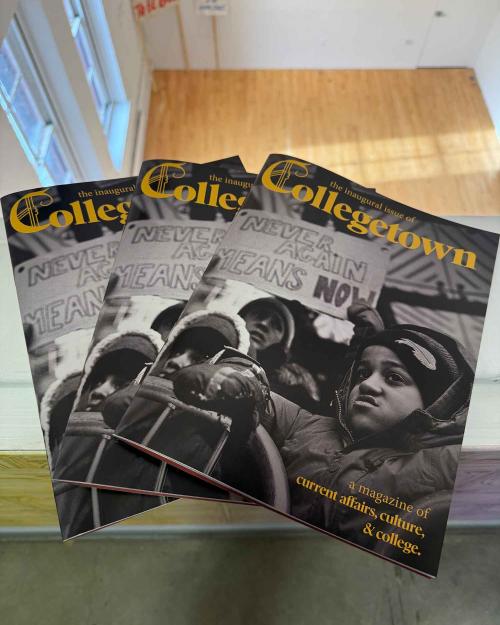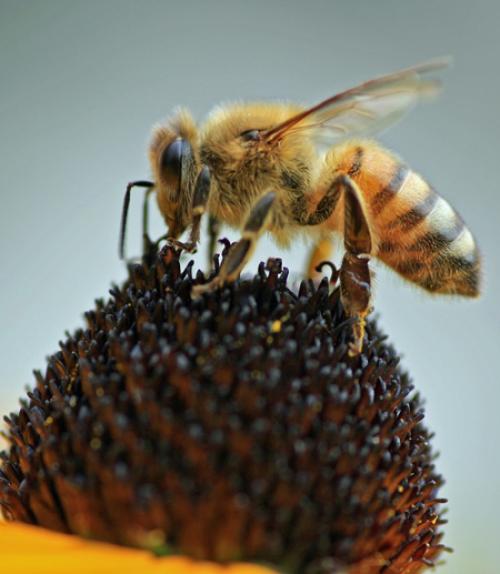Once a popular pastime, bee hunting involves capturing and feeding wild bees, then releasing and following them back to their hive.
The practice is little-known today, but bee expert Thomas D. Seeley – the Horace White Professor in Biology in the College of Arts and Sciences and author of several books on honeybees – has just published a book that offers insights into the history and science of bee hunting.
“Following The Wild Bees: The Craft and Science of Bee Hunting” is both a meditation on the pleasures of engaging the natural world and a guide to the ingenious methods that compose the craft of the bee hunter.
The book, published by Princeton University Press, provides history and science of the craft as well as gorgeous photos and helpful diagrams.
Seeley explains the method of the hunt – finding a patch of flowers humming with honeybees, capturing and feeding them, then releasing them and following them back to where they live, whether it be a hollow tree, old building or abandoned hive.
The hunter’s reward is an encounter with nature that challenges mind and body while also giving new insights into the behavior of honeybees living in the wild.
“It is a natural form of treasure hunting, rather like geocaching,” Seeley said. “Think of it as ‘beeocaching.’”
Drawing on decades of experience as a bee hunter and bee biologist, Seeley weaves informative discussions of the biology of wild honeybees with historical and personal anecdotes, along with photos. “Following The Wild Bees” is intended for newcomers to bee hunting and armchair naturalists.
Seeley is the author of “Honeybee Democracy” and “The Wisdom of the Hive.” His most recent research, published in PLoS One on March 11, involved experiments that help reveal how wild honeybee colonies are coping with the pathogens and parasites that are killing so many of the honeybee colonies kept by beekeepers.
This article originally appeared in the Cornell Chronicle.




